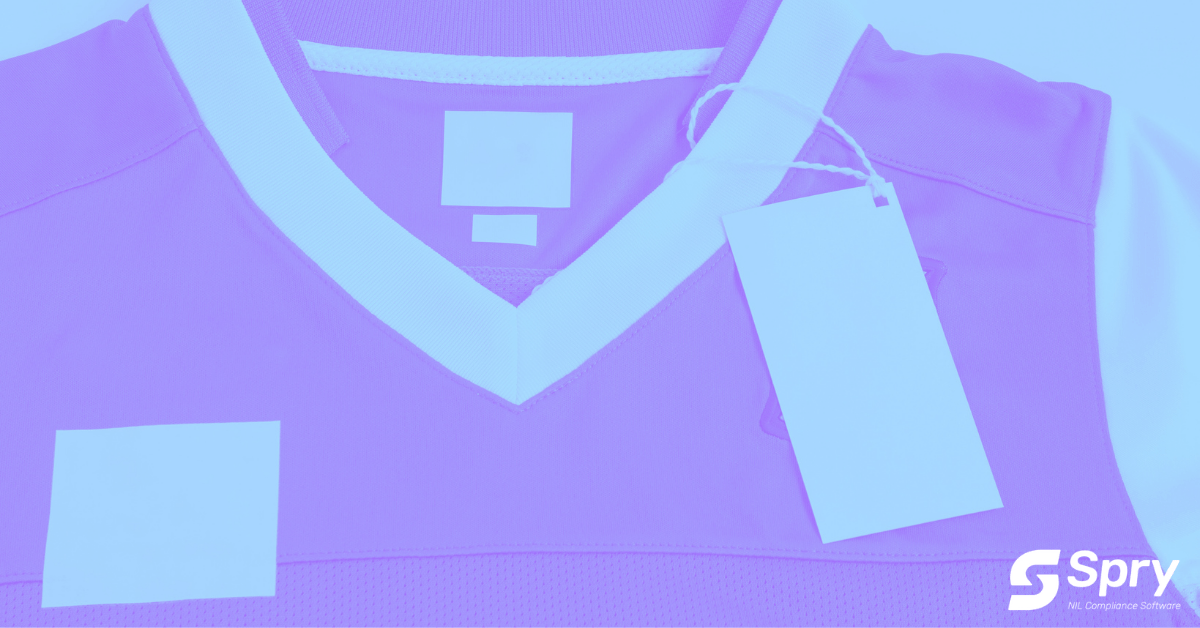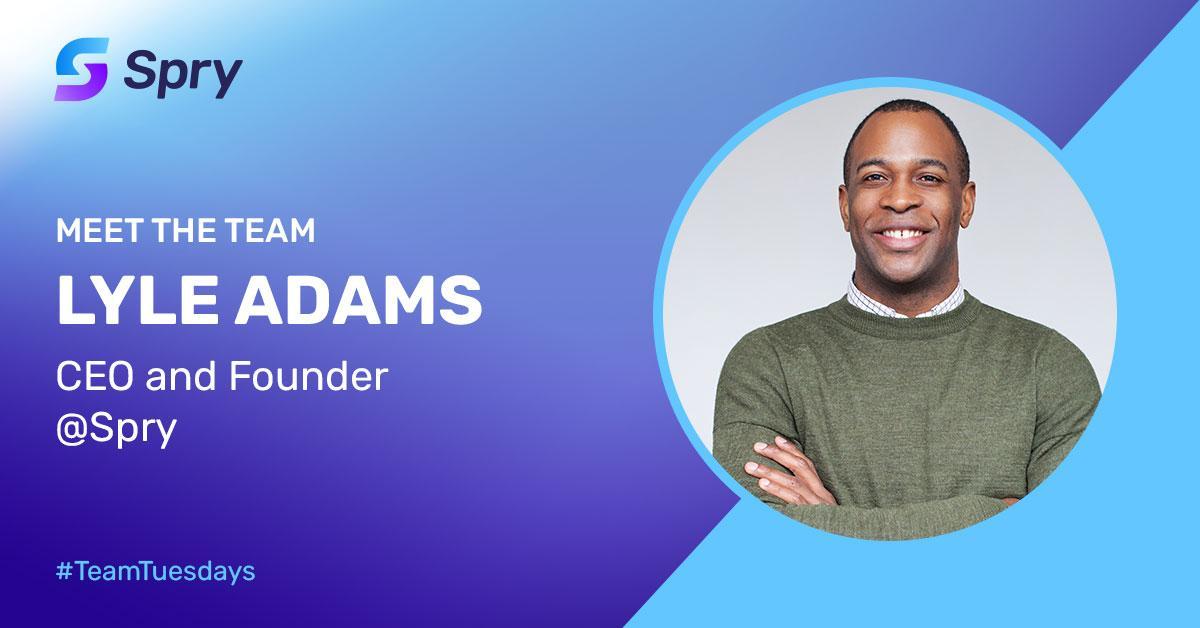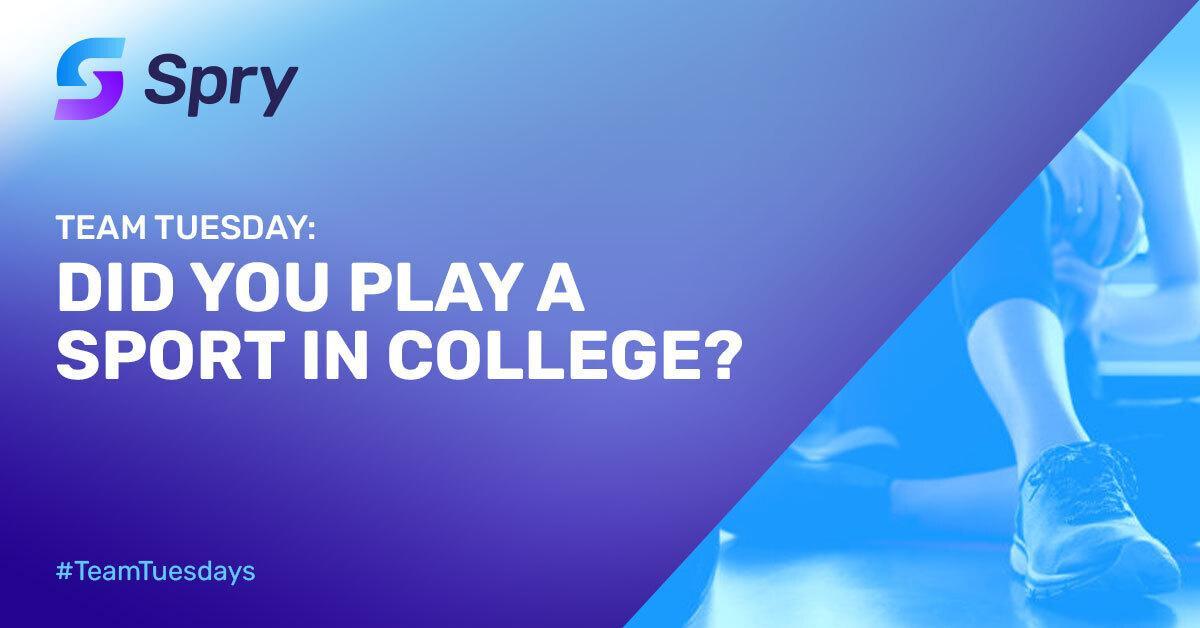Insights
Are you a Marks-ist Institution?

The issue of institutional marks has created a dilemma for athletic departments since the inception of NIL. The NCAA’s initial proposed legislative package largely prohibited the use of institutional marks by student-athletes while engaged in NIL activities. However, as was the case with most issues related to name, image, likeness, the interim policy adopted by the membership in July left the matter of institutional marks to be decided by state legislatures and individual athletic department policies.
At present, NIL legislation has been signed into law in 28 states. While these legislative actions have mandated certain aspects of NIL, state bills have protected the ability of schools to control the rights of all institutional logos and trademarked items. This has left the schools to determine if, and under what circumstances, they will allow their marks to be used.
Initially, a number of institutions balked at the idea of student-athletes using the institution’s brand to promote their personal NIL ventures (although ironically, for years NCAA legislation has permitted the use of student-athletes in institutional promotions). However, the absence of NCAA legislation prohibiting this practice opened the door for some schools to take a more permissive, student friendly approach. This created a boomerang effect that resulted in a number of athletic departments softening their stance on institutional marks to avoid becoming a target for negative recruiting.
While a handful of institutions remain at either extreme of the spectrum (i.e. allowing unfettered use of institution marks or instituting an all out ban) most schools have settled somewhere in the middle. A review of institutional NIL policies across the membership reveals that most policies include a generic statement that the school may allow the use of institutional marks, subject to departmental approval. This approach allows the school to avoid saying “yes” or “no” to the question. “Maybe” has become the position of choice, as this seems more palatable from a recruiting and PR perspective. Many institutions also indicate that student-athletes may have access to these marks only after paying a licensing fee.
Below are a few examples from athletic department NIL policies:
“Consistent with policies regarding name and trademark use, student-athletes are not permitted to use marks or logos, including all forms of team-issued apparel and uniforms, in conjunction with NIL activities.”
“Use of trademarks and logos (including all aspects of the uniform) for NIL activities can only occur after obtaining a written agreement from either the Office of Trademark Licensing (authority dependent upon intended use).”
“Student-athletes may request the use of protected marks during the disclosure process before the activity occurs.”
Regardless what policies exist in print however, patterns of how schools choose to handle these issues in practice will eventually emerge. How schools manage the use of their marks for NIL may become a referendum on how attractive they appear to prospective student-athletes and their parents. Given this, schools may wish to give careful consideration as to whether they adopt a marks-ist or anti marks-ist approach.



